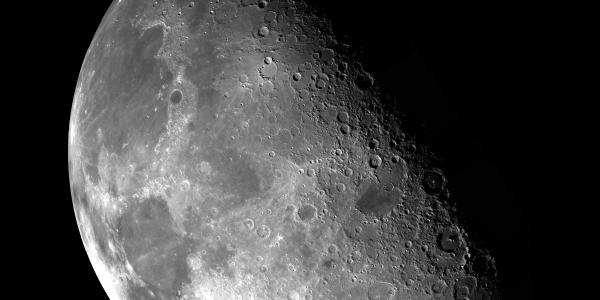EEPS Colloquium: Thomas Lapen
Age of the Earth-Moon system
There are two main ways to view the time at which the Earth formed: 1) It formed during the violent Moon-forming event caused by the collision between a proto-Earth and a Mars-sized impactor between 4.4 and 4.52 Ga. And 2) the time at which the earliest proto-Earth developed, which may be as early as 4.566 Ga (Barratt et al., 2021). The Moon-forming event could have occurred before 4.40 Ga (the age of the oldest zircon on Earth; Wilde et al., 2001) and 4.52 Ga (the time that the short-lived 182Hf nuclide became effectively extinct; e.g., Thiemens et al., 2021). Recent studies have highlighted two lunar formation scenarios: 1) The Moon is relatively young (~4.4 Ga; e.g., Borg and Carlson, 2023 and Borg et al., 2022), and 2) the Moon is relatively old (4.52 Ga; e.g., Barboni et al., 2017). In this talk, I will present the data and evidence for each model and discuss the implications.
Hosts: Kun Wang and Brad Jolliff
EEPS Colloquia are made possible by the William C. Ferguson Fund.


